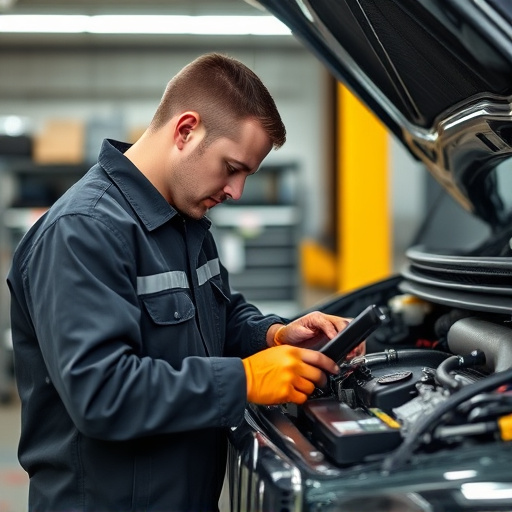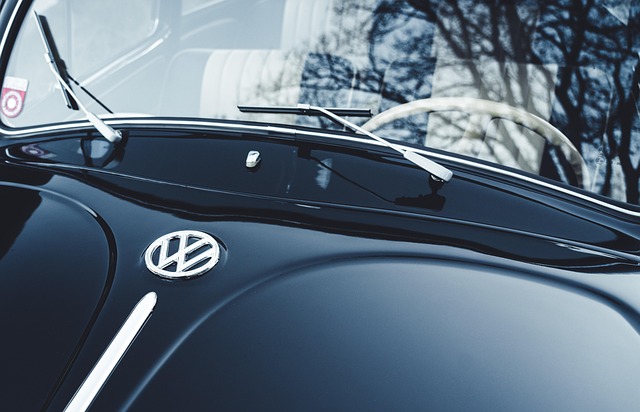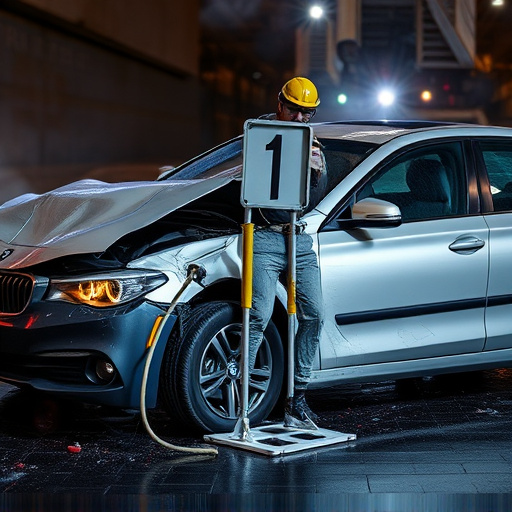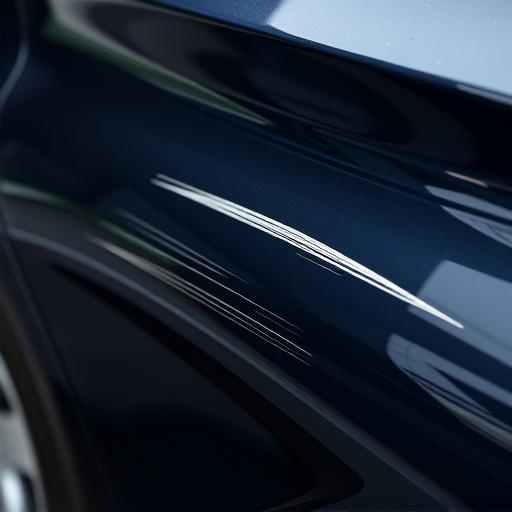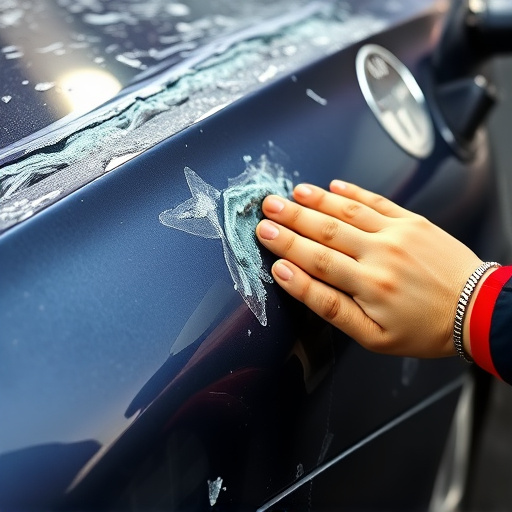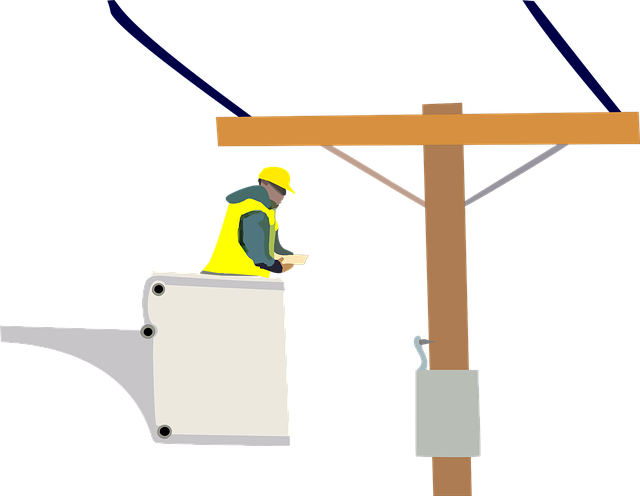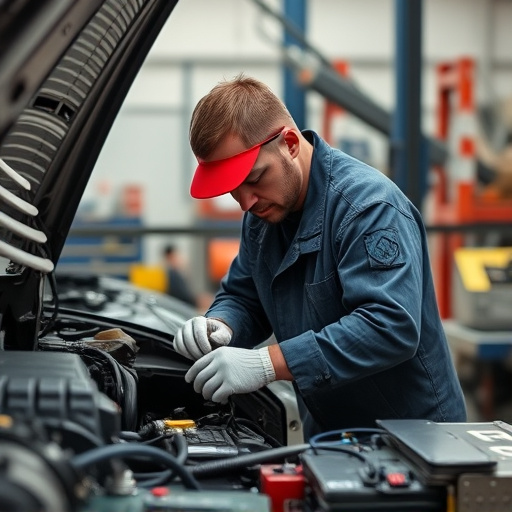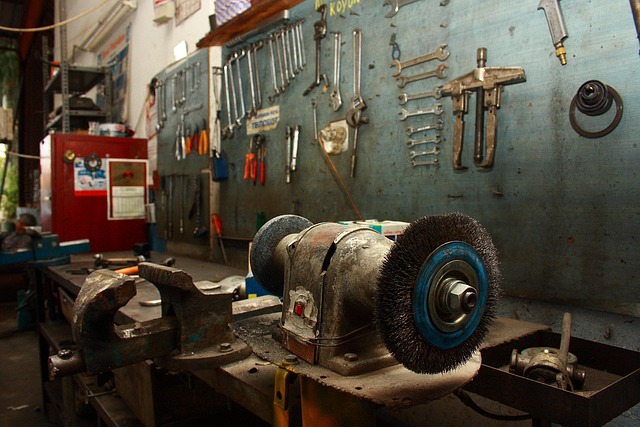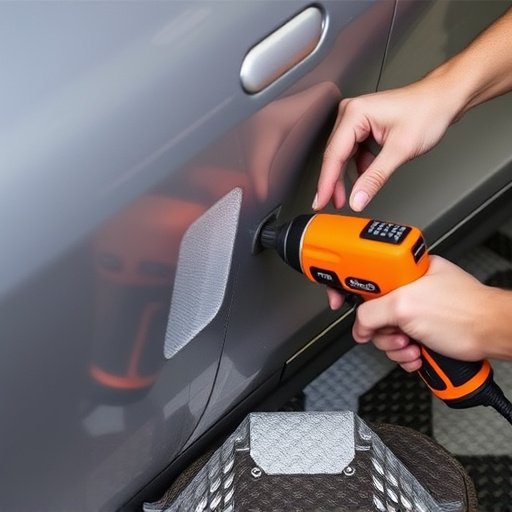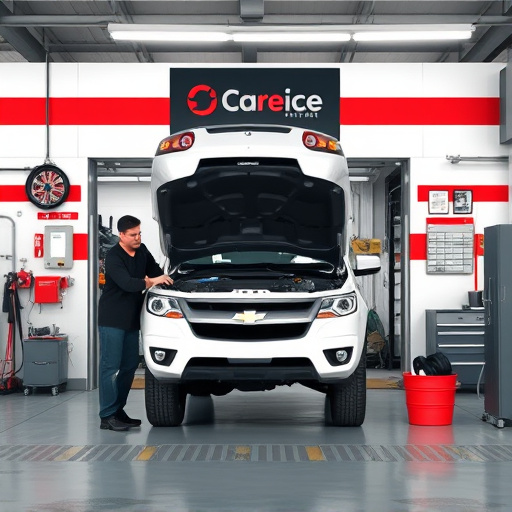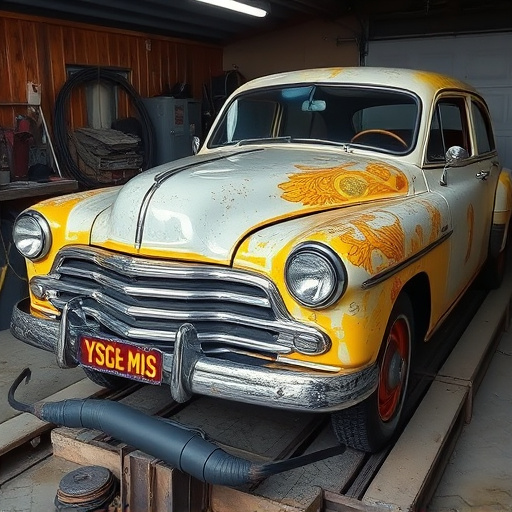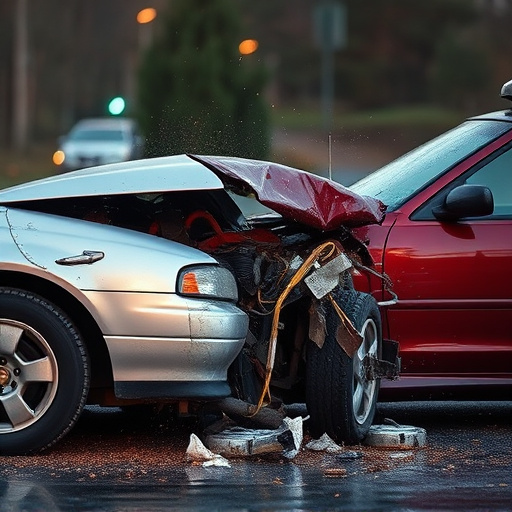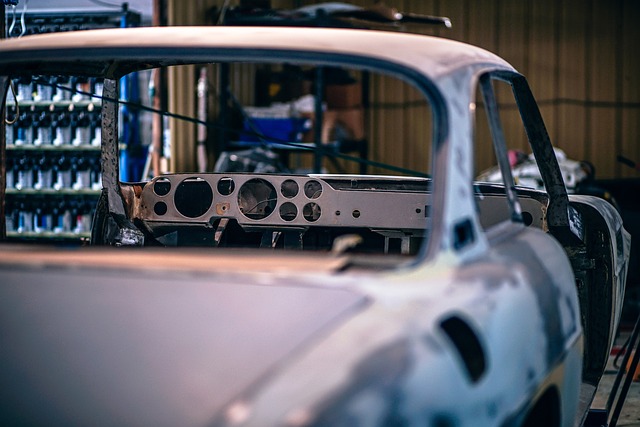Corrosion, accelerated by moisture, oxygen, and chemicals, severely impacts vehicle repairs, particularly with aftermarket parts versus OEM. It causes rust spots and structural damage, leading to costly repairs. Using anti-corrosion materials during fender repair or dent removal is crucial to prevent further corrosion and ensure the longevity of components. Aftermarket parts lack specialized treatments, making them prone to quick rusting in humid regions, while OEM repairs incorporate advanced technologies for superior environmental resistance. Choosing the right anti-corrosion solution, involving understanding environmental conditions and surface types, significantly enhances durability and maintains aesthetics in both minor fender repairs and complex auto collisions.
In the automotive industry, corrosion is a relentless enemy that can compromise vehicle integrity and safety. When it comes to repairs, understanding the difference between aftermarket and Original Equipment Manufacturer (OEM) anti-corrosion materials is crucial for long-lasting results. This article delves into the world of anti-corrosion solutions, exploring their impact on vehicle repairs and guiding readers through an essential consideration process to ensure optimal choices, thus mitigating corrosion’s effects.
- Understanding Corrosion and Its Impact on Vehicle Repairs
- Aftermarket vs OEM: A Comparison of Anti-Corrosion Materials
- Best Practices for Choosing the Right Anti-Corrosion Solution
Understanding Corrosion and Its Impact on Vehicle Repairs
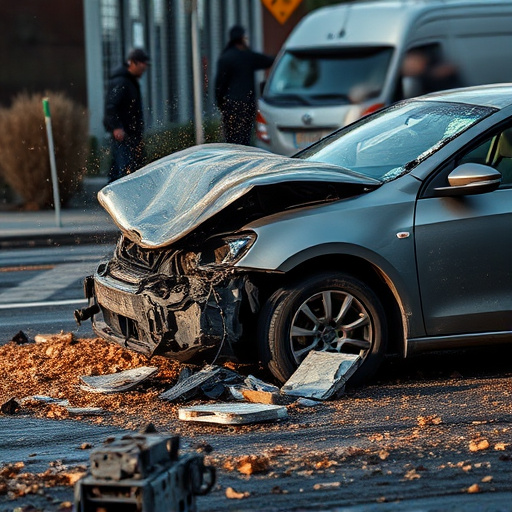
Corrosion is a natural process that occurs when metal surfaces are exposed to moisture, oxygen, and certain chemicals, leading to the degradation and eventual failure of the material. In the context of vehicle repairs, corrosion can significantly impact the quality and longevity of aftermarket replacements versus OEM (Original Equipment Manufacturer) parts. It’s a silent enemy that can cause unsightly rust spots, weaken structural integrity, and lead to costly and time-consuming car damage repair.
When it comes to fender repair or dent removal, using anti-corrosion materials is essential to prevent further corrosion and ensure the longevity of the repaired component. Aftermarket parts, if not treated or manufactured with corrosion resistance in mind, may succumb to rust over time, especially in regions with high humidity levels. On the other hand, OEM repairs often incorporate specialized anti-corrosion treatments and materials, ensuring that replacement parts withstand environmental factors better. This is crucial for maintaining the overall performance and aesthetic appeal of a vehicle, preventing additional dent removal or fender repair needs in the future.
Aftermarket vs OEM: A Comparison of Anti-Corrosion Materials
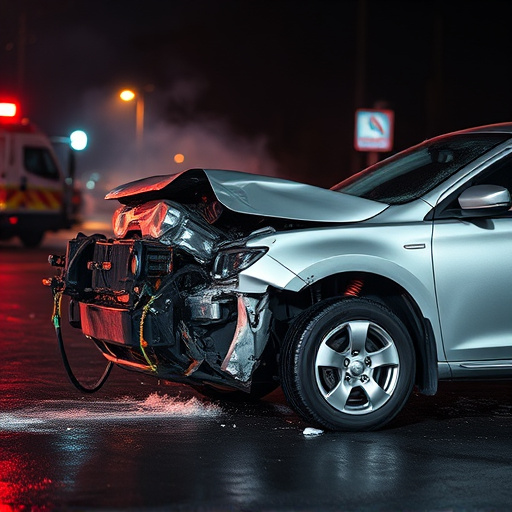
In the realm of auto collision repair and fender repair, choosing the right anti-corrosion materials is paramount to ensuring long-lasting repairs. Aftermarket parts manufacturers often employ innovative technologies and formulations to create materials that outperform their Original Equipment Manufacturer (OEM) counterparts. While OEM parts typically use established but reliable anti-corrosion treatments, aftermarket brands may incorporate advanced coatings, zinc-rich primers, or specialized paints designed to resist corrosion more effectively.
These advancements are particularly crucial in collision repair scenarios where vehicles endure significant stress and exposure to various environmental conditions. Aftermarket anti-corrosion materials often claim superior protection against rust and decay, offering peace of mind for repairs that will stand the test of time. Whether it’s a simple fender repair or a more complex auto collision repair, selecting high-quality, corrosion-resistant materials can make a significant difference in the durability and longevity of the repaired vehicle.
Best Practices for Choosing the Right Anti-Corrosion Solution
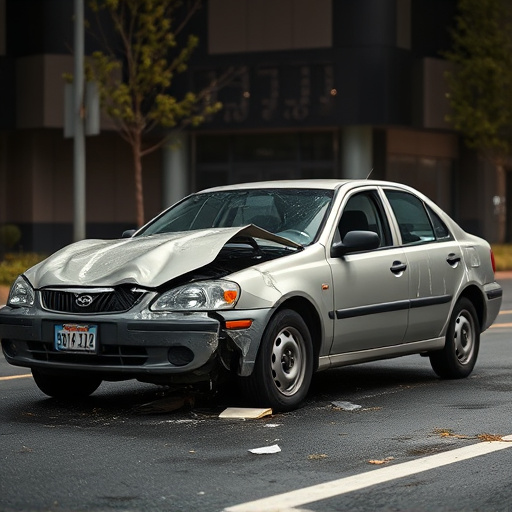
When selecting an anti-corrosion solution for either aftermarket or OEM repairs, several best practices should be followed to ensure durability and long-lasting protection. Firstly, understanding the specific environmental conditions and exposure levels your vehicle or component will face is crucial. Different anti-corrosion materials have varying resistance to salt water, humidity, ultraviolet radiation, and other environmental stressors.
Secondly, consider the type of surface you’re treating. Some anti-corrosion coatings are more suitable for metal, while others can effectively protect plastic or rubber parts. Compatibility with existing finishes and primers is also essential to maintain a seamless and aesthetically pleasing finish. Additionally, consulting industry standards and adhering to manufacturer recommendations for specific auto maintenance or vehicle repair services scenarios will help guarantee optimal performance and longevity of the chosen anti-corrosion solution, especially when addressing issues like car dent repair.
In the realm of vehicle repairs, understanding the impact of corrosion is paramount. Aftermarket and Original Equipment Manufacturer (OEM) parts offer distinct anti-corrosion solutions, each with its advantages. By carefully considering factors like material quality, environmental exposure, and long-term durability, repair professionals can select the optimal anti-corrosion material to ensure longevity and performance in both aftermarket and OEM scenarios. Implementing best practices ensures a robust and reliable repair process, ultimately preserving the vehicle’s integrity for years to come.
